Imagine walking through a Malaysian mangrove at dawn. The air buzzes with life—mudskippers dart over the slippery roots and crabs scuttle sideways across the mud. But hidden beneath your feet and clinging to every tangle of roots are billions of tiny, unseen workers: microbes. These microscopic guardians are the unsung heroes of mangrove forests, quietly shaping the fate of entire coastal ecosystems. While we often celebrate the trees and creatures we can see, it’s the invisible world of microbes that keeps these magical places alive and thriving. Let’s dive into the muddy, mysterious world of Malaysia’s mangrove microbes and discover how they protect our coasts, influence our climate, and quietly support life as we know it.
The Mysterious Microbial Universe Below the Roots

Beneath the thick tangle of mangrove roots lies a bustling metropolis of microscopic life. Bacteria, archaea, fungi, and even tiny viruses thrive here, each playing a unique role. These organisms live in a world so small it escapes the naked eye, but their impact is immense. In the dark, oxygen-poor mud, these microbes break down fallen leaves, recycle nutrients, and help trees grow. Without them, mangrove forests would drown in their own debris, and the ecosystem would collapse. Next time you see a patch of muddy roots, imagine a whole city living and working just out of sight.
Why Malaysia’s Mangroves Matter

Malaysia’s mangrove forests are among the richest in the world, hugging coastlines from Kedah to Sabah. These forests act as shields, protecting villages from storms and waves. But what makes them truly special is their biodiversity, and much of that diversity is microbial. Microbes here have adapted to harsh, salty, and shifting environments, giving rise to a dazzling variety of life. Their presence keeps the mangroves healthy, which in turn supports fish nurseries, bird habitats, and even local economies. Protecting these microbes means safeguarding the very foundation of Malaysia’s coastal strength.
Microbial Communities: A Symphony of Cooperation

Microbes in mangroves don’t work alone—they form complex communities, each member with a job to do. Some specialize in eating dead leaves, others fix nitrogen from the air, while some detoxify harmful chemicals. These collaborations create a balanced system, just like a well-rehearsed orchestra. When one group falters, others step in, ensuring the whole ecosystem keeps humming along. Recent research even shows that certain bacteria communicate using chemical signals, orchestrating their activities in ways that scientists are only beginning to understand.
Bacteria: The Cleanup Crew

Bacteria are the ultimate recyclers in mangrove mud. After a storm, when branches and leaves litter the ground, bacterial armies get to work breaking down this organic matter. They release nutrients back into the soil, feeding not just mangrove trees but also the creatures that depend on them. Some bacteria can even break down pollutants like oil or heavy metals, cleaning up messes that would otherwise devastate the ecosystem. It’s a dirty job, but without bacteria doing the heavy lifting, mangroves would quickly suffocate under their own waste.
Fungi: The Silent Decomposers
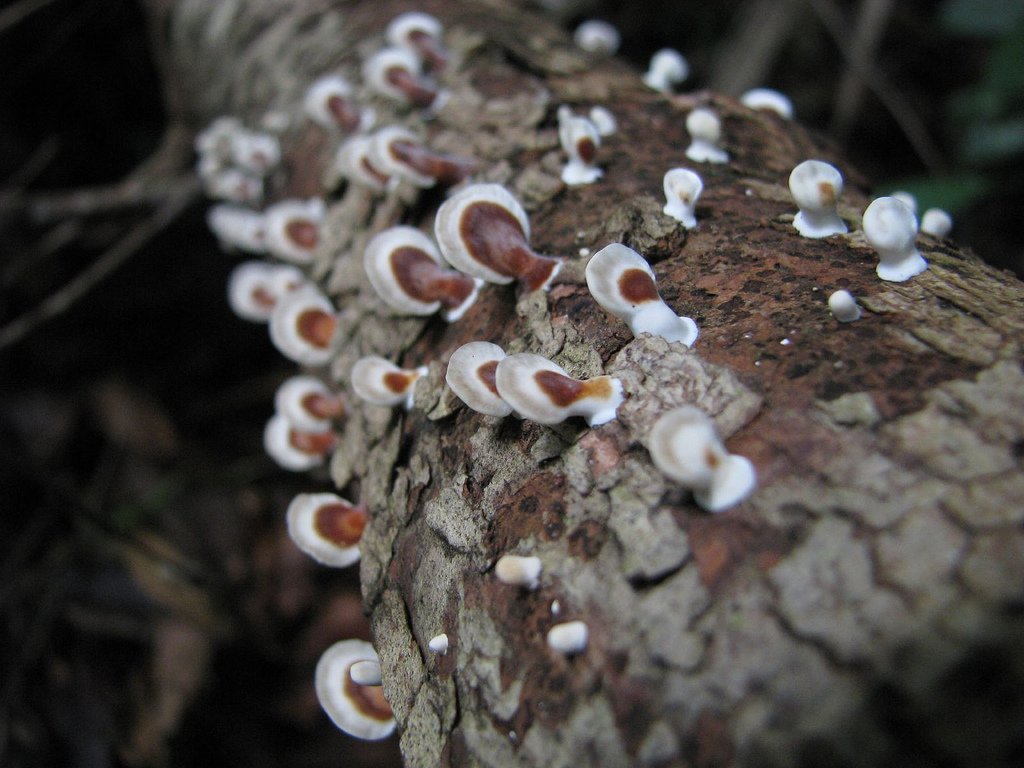
While bacteria tackle the small stuff, fungi handle the big, tough jobs. Have you ever seen a fallen mangrove branch covered in a fuzzy white film? That’s fungi at work, breaking down wood and plant fibers that bacteria can’t digest. Fungi turn stubborn debris into soil, enriching the muddy ground and making it fertile for new growth. By decomposing dead matter, they help keep the carbon cycle turning and make sure that mangroves stay lush and productive.
Archaea: Masters of Extremes

Archaea might sound alien, and in some ways, they are. These ancient microbes thrive in the salty, oxygen-poor mud where most life struggles to survive. Archaea are experts at producing methane and other gases as they digest organic material, playing a key role in nutrient cycling. Their resilience helps stabilize mangrove soils and maintain the balance of gases in the atmosphere. It’s amazing to think that creatures so old and tough quietly shape the fate of a modern coastal forest.
Viruses: Invisible Influencers

Viruses aren’t just villains; in mangroves, they’re part of the natural order. They infect bacteria and other microbes, keeping populations in check and encouraging genetic diversity. When viruses break open bacterial cells, they release nutrients that feed other microbes and plants. This process, called the “viral shunt,” helps regulate the whole microbial community. Without viruses, the delicate balance of mangrove life could tip dangerously out of control.
How Microbes Support Mangrove Trees

Mangrove trees owe much of their success to their microscopic partners. Certain bacteria live on their roots, fixing nitrogen from the air and turning it into food for the trees. Others help break down toxins in the soil, making it safe for roots to grow. Some fungi form tight partnerships with roots, helping them absorb water and minerals more efficiently. This teamwork is why mangroves can survive in salty, shifting mud where other trees would quickly perish.
Defending Against Pollution

Mangroves are often the first line of defense against pollution from cities and farms. Microbes help by breaking down harmful chemicals that wash in from rivers or are dumped along the coast. Some bacteria can even digest oil spills, converting deadly toxins into harmless substances. This natural cleanup crew is one reason why mangroves are so valuable—and why protecting their microbial life is crucial for keeping Malaysia’s coasts clean and safe.
Fighting Climate Change, One Microbe at a Time
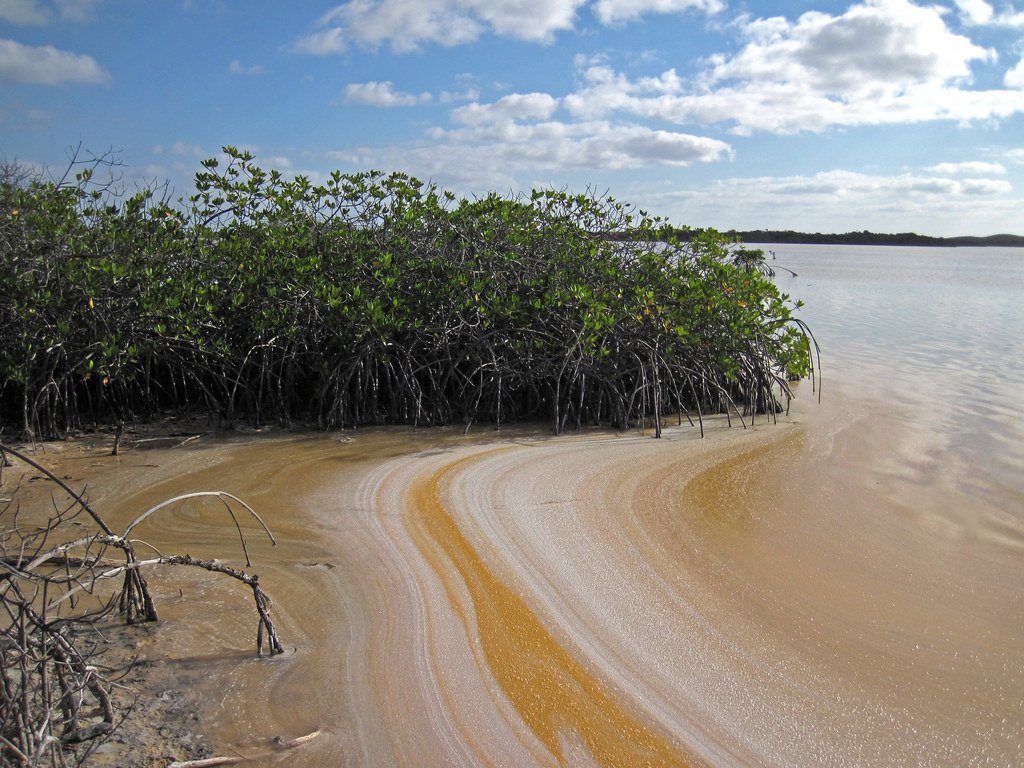
Mangrove microbes are unexpected allies in the battle against climate change. As they break down organic matter, some microbes trap carbon in the soil instead of letting it escape as carbon dioxide. This process, called “blue carbon” storage, locks away tons of greenhouse gases every year. Without microbes, this powerful climate-cooling effect would disappear. By supporting mangrove microbes, we’re also fighting for a cooler, more stable planet.
Microbes and Fisheries: Hidden Helpers
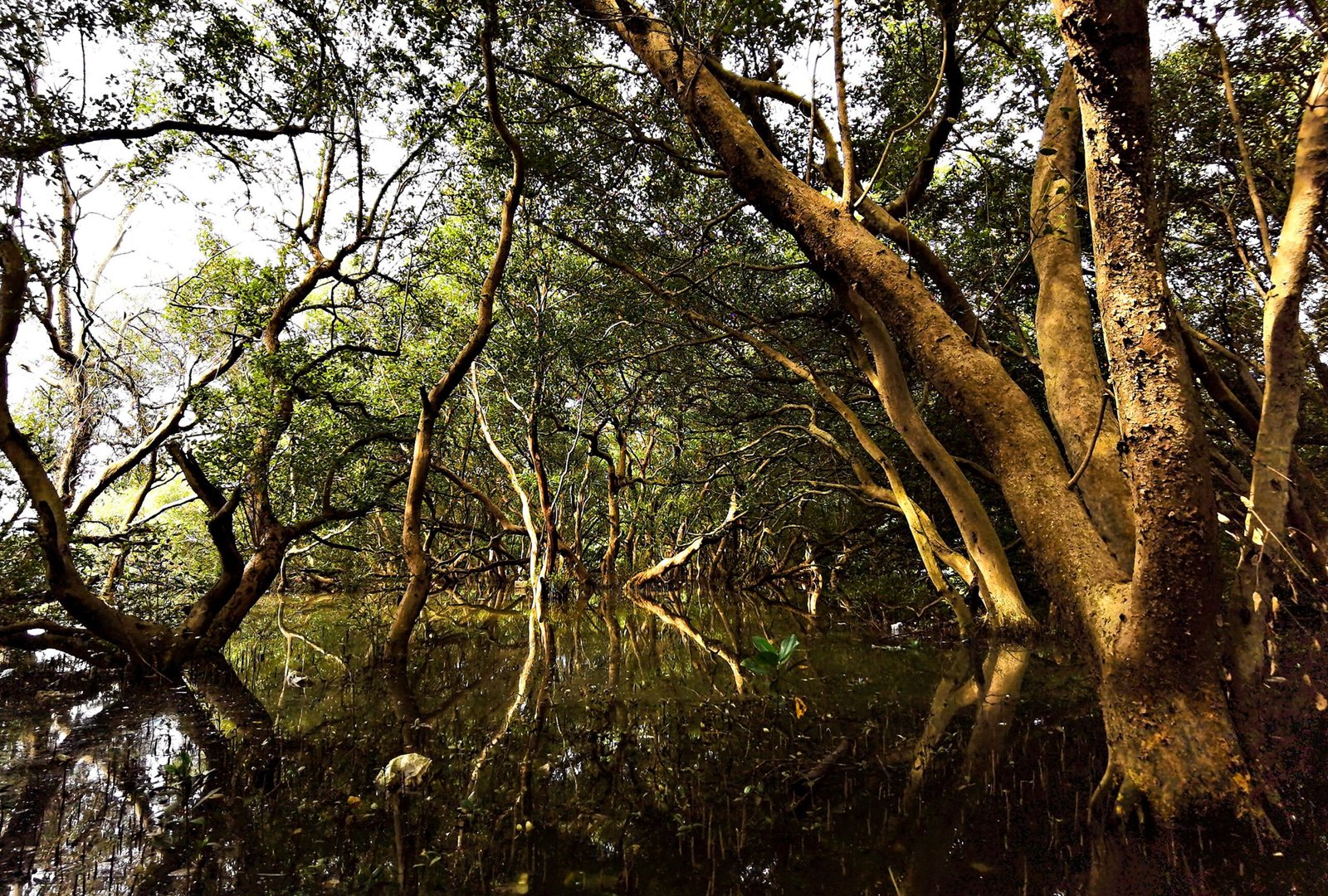
Many of Malaysia’s most important fish and shellfish begin life in mangroves, and microbes make these nurseries possible. By recycling nutrients and keeping the water clean, they support the food webs that young fish depend on. Healthy microbial communities mean more prawns, crabs, and fish for coastal communities. It’s an invisible hand guiding the prosperity of Malaysia’s fisheries.
Restoring Damaged Mangroves With Microbial Power
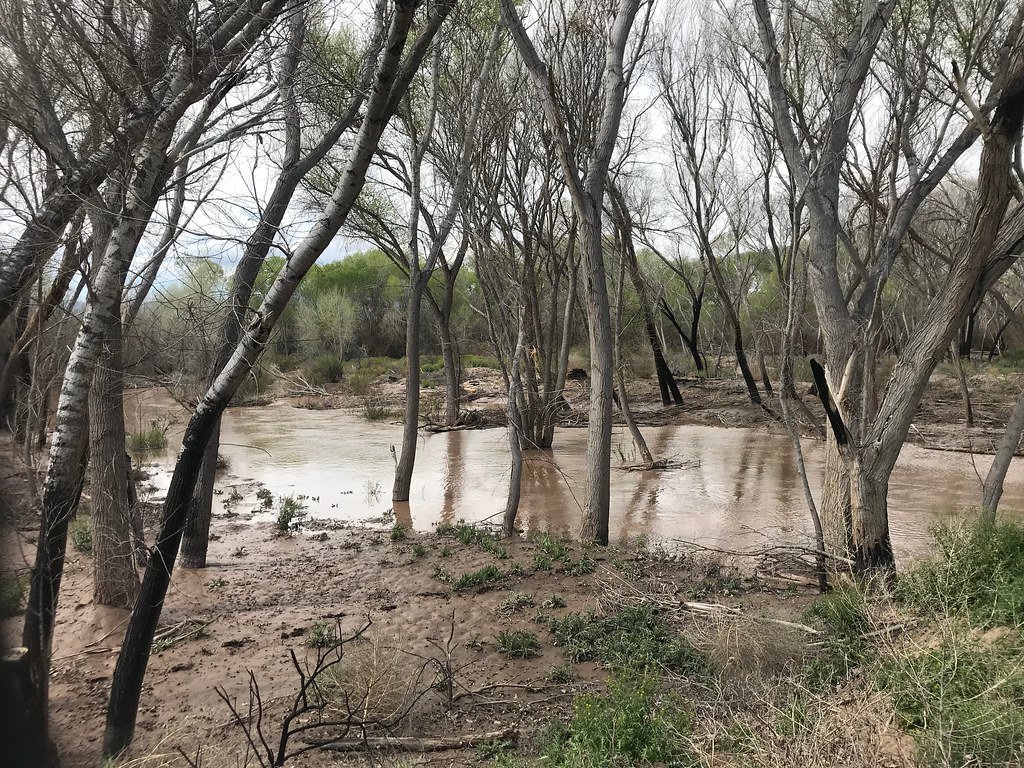
When mangroves are damaged by development or pollution, microbes are key to bringing them back to life. Scientists now use “microbial inoculation”—adding beneficial bacteria and fungi to degraded soils—to speed up recovery. These microbes jumpstart nutrient cycles, help trees grow faster, and outcompete harmful invaders. Restoration projects across Malaysia are finding that the road to a healthy mangrove begins with healthy microbes.
Hidden Chemical Factories

Mangrove microbes are tiny chemical factories, producing antibiotics, enzymes, and other useful compounds. Some of these chemicals have already been turned into medicines or industrial products. Scientists believe Malaysia’s mangroves could harbor microbes with the power to fight disease, clean up pollution, or create new materials. Exploring this hidden pharmacy could bring benefits far beyond the forest itself.
Unique Species Found Nowhere Else

Malaysia’s mangroves are home to unique microbial species found nowhere else on Earth. These microbes have evolved in isolation, adapting to the region’s specific mix of tides, salinity, and plant life. Some can survive in both fresh and salt water, while others can digest unusual compounds. Each new discovery adds to our understanding of life’s resilience—and reminds us of how much we still don’t know.
The Threats Facing Mangrove Microbes

Despite their resilience, mangrove microbes are under threat from pollution, habitat loss, and climate change. Clearing forests for development destroys the habitats these microbes depend on. Chemical runoff and toxins can kill sensitive species or throw microbial communities out of balance. Rising sea levels and changing temperatures bring new challenges. Protecting mangroves means protecting the invisible armies that work just beneath the surface.
Citizen Science and the Microbial Frontier

You don’t need a lab coat to help protect mangrove microbes. Citizen scientists in Malaysia are now helping to monitor water quality, collect soil samples, and document changes in microbial health. School groups, local communities, and even tourists can play a role in this new frontier of conservation. By learning about the role of microbes, more people are joining the fight to keep mangroves—and their hidden guardians—safe for the future.
The Future: Embracing the Power of the Unseen
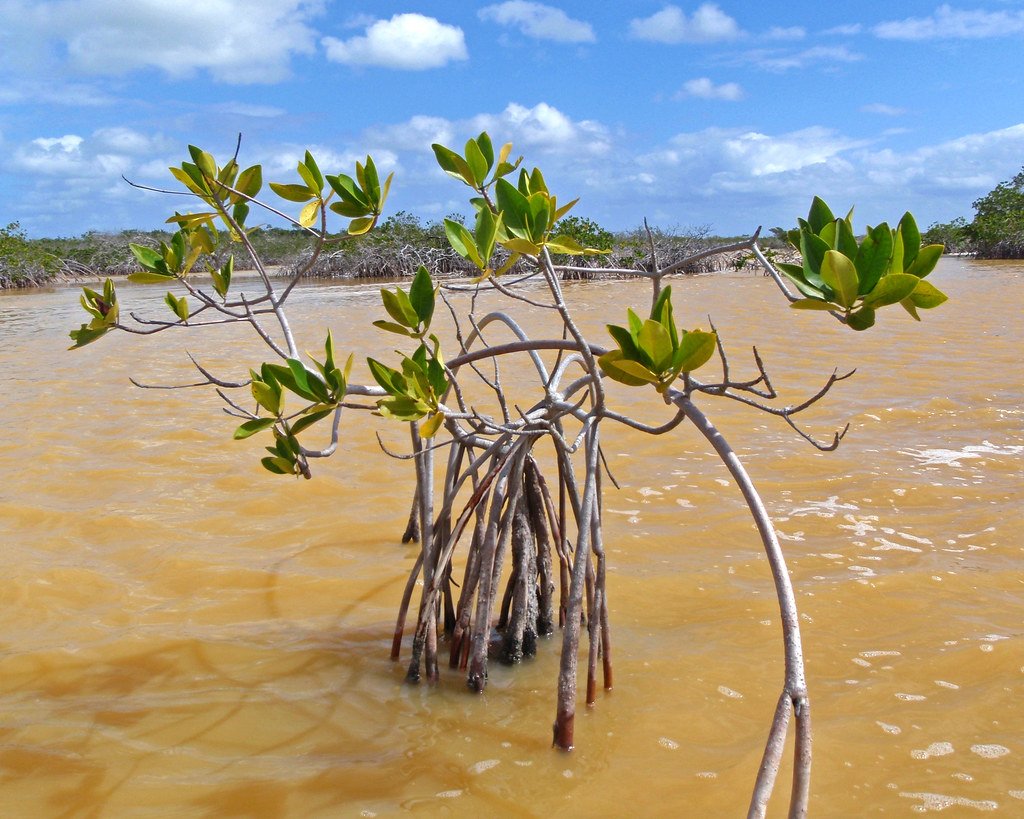
The next decade could be a golden age for microbial science in Malaysia’s mangroves. As researchers unlock the secrets of these tiny guardians, new possibilities open up for medicine, climate action, and ecosystem restoration. But the first step is simple: recognizing that the fate of entire coastlines depends on life too small to see. The more we respect and protect mangrove microbes, the stronger and more resilient our coasts will become.



